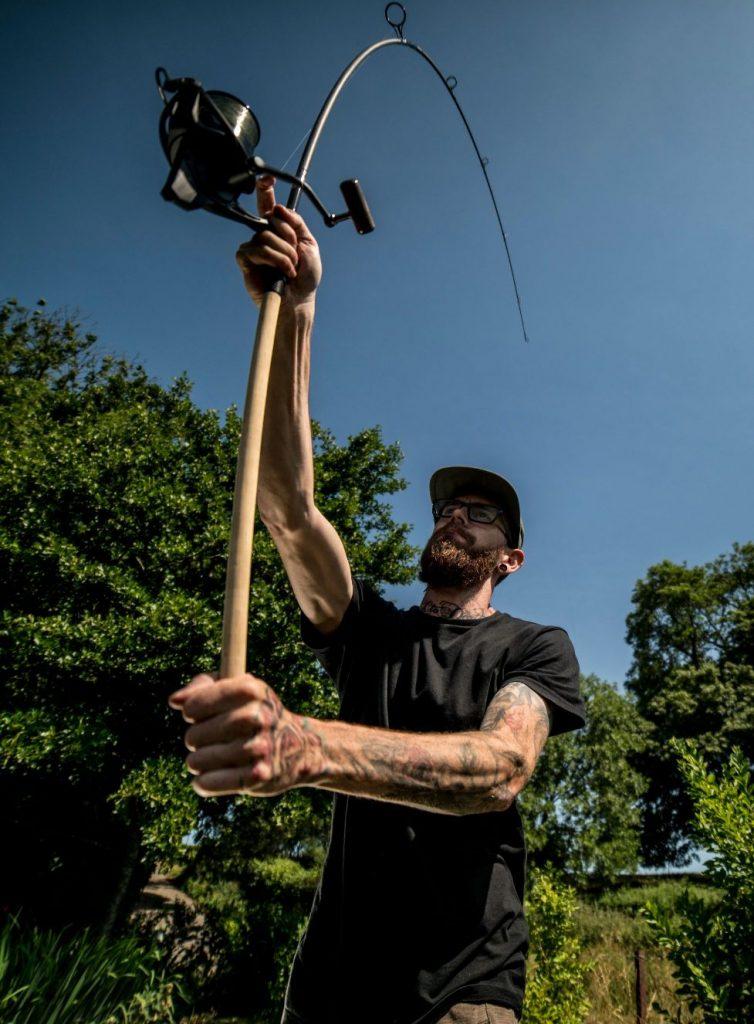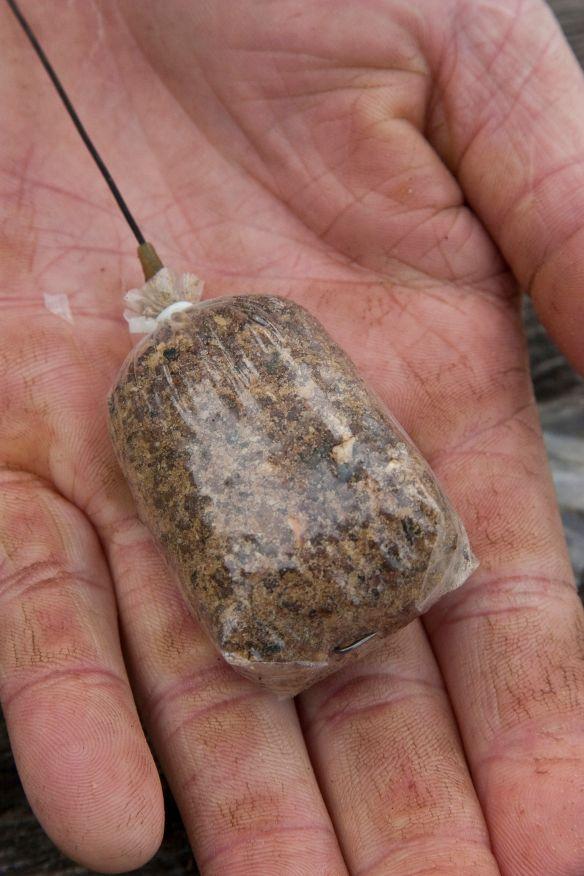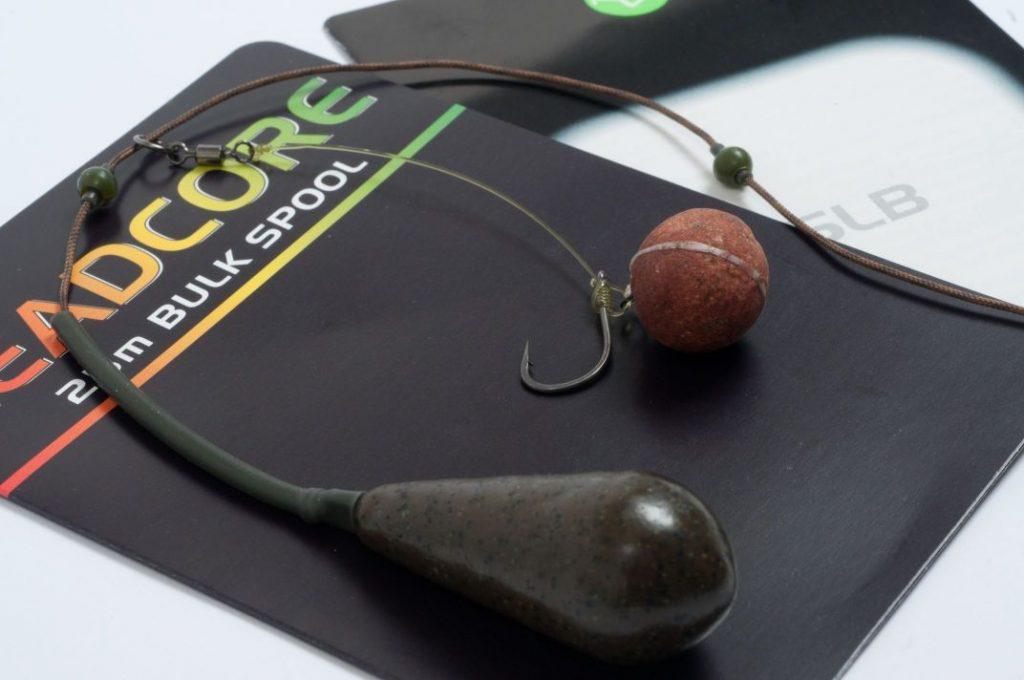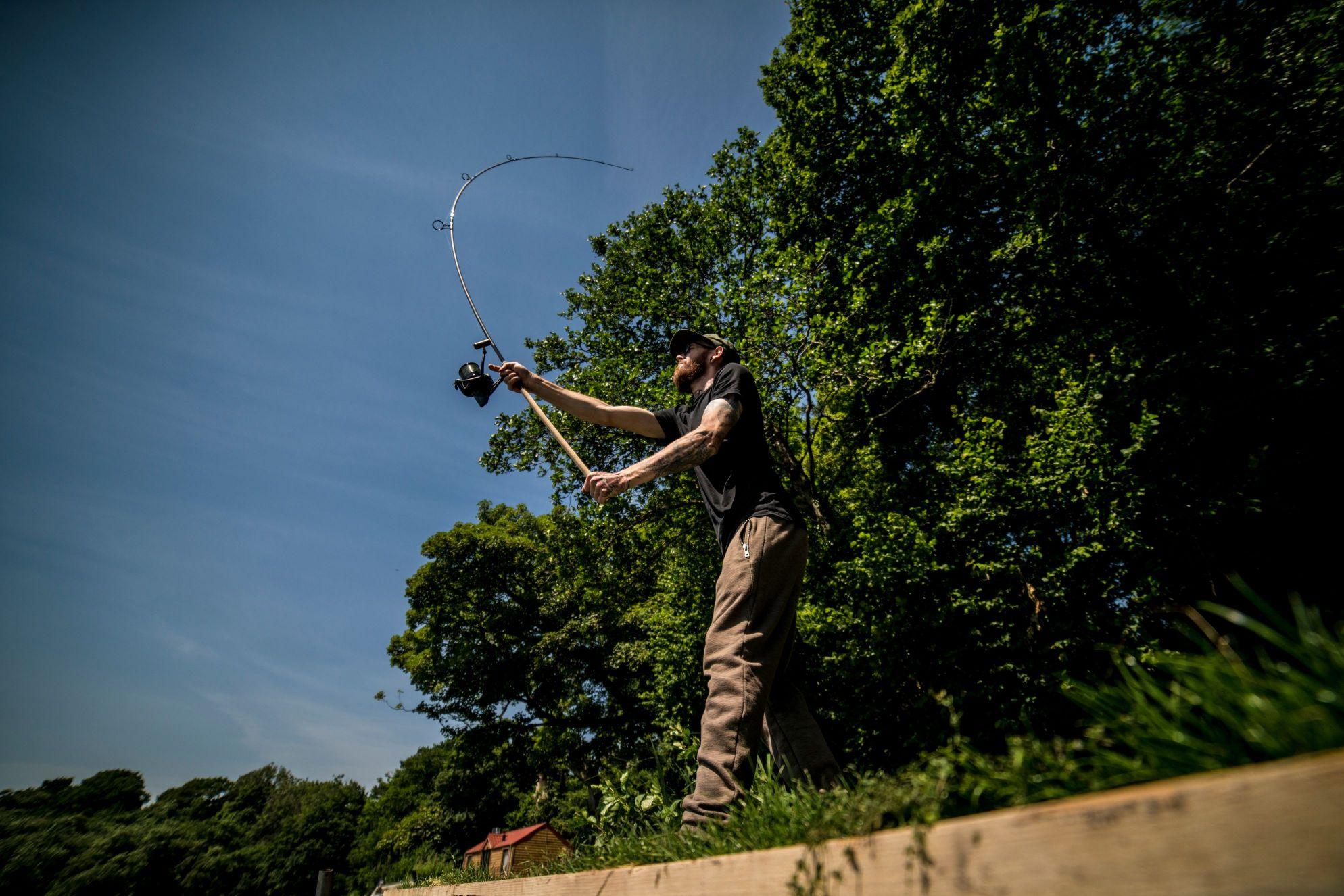Fishing at distance is one area in which angling can legitimately claim to be a sport in the athletic sense of the word. Executing a series of accurate long chucks takes dexterity, power, timing and endurance. In short, it’s definitely an acquired skill, but the rewards can be huge.

What is long range carp fishing?
Before we look at the key features of long-range carp fishing, let’s wrestle with the definition. It’s not too many years ago that 80yds was considered a long cast – and fishing accurately with bait at this distance is still not to be sniffed at – but today’s long chuckers have their sights set well over the 100yd marker. In fact, Carp Team England boss Rob Hughes won’t even consider you for selection until you can fish and bait up at 140yds. That is a long, long way, but you must remember that in essence long-distance carping is often all about relative range when compared with other anglers on your venue. If they can only cast 80yds, then 90yds is definitely long-range angling.
What are the benefits of fishing at range?
That brings us to one of the key benefits of going long. If you can cast further than anyone else at a venue then you can reach fish that they can’t. It’s as simple as that. Visit Brasenose One on the Linear Fisheries complex and you will see this theory in practice. At heavily pressured waters such as this, the fish tend to push out of the reach of anglers’ lines and into an apparently safe zone in the middle of the lake. If you have the ability to send a rig and some free offerings into this rarely fished area then the rewards can be huge.

How to increase your casting distance
So what’s stopping you? Well, the twin evils of resistance and gravity. For a baited rig to sail out to the horizon it has to go into battle with physics. It’s an unwinnable fight, but prolonging the tussle equals longer casts.
Thinner main lines cast further
The first piece of the jigsaw is your main line. Thinner ones travel further, but you obviously have to weigh up the downside of less strength the thinner you go. On weedless, snag-free venues where distance is king you could go down to a 10lb mono, or even 8lb if the fish aren’t huge and you’re confident in your ability to play them cautiously.
Braided main lines are far thinner and stronger than mono
The other option, of course, is to tackle up with braid. Braided main lines are far thinner and stronger than mono, but check that your fishery permits their use. However, before you reach for the braid remember that they are much more expensive than monofilaments and do not behave like traditional lines. Their lightweight nature makes them more prone to tangles and wind knots, and because they have no inherent stretch they are a lot less forgiving when it comes to playing fish.

What if braid it not an option?
So what do you do if you can’t use braid but still need a fairly strong main line? There are a couple of options. Firstly, make sure your mono is well loaded onto your reel and make sure it’s supple and well lubricated. Wetting your spool, or treating it with a product like Krsyton’s Greased Lightning, can genuinely add significant yardage to your casts by reducing friction. A shockleader is essential when going long, but choosing a tapered version, which is thickest nearer the rig end, can help you eek out extra distance.
What rig and bait to use
The next thing to consider is your rig and bait. If you’ve ever zinged a bare lead out with relative ease but then wondered why you can’t replicate those distances with a rig attached then you’ve just been slapped around the face by air resistance, or drag. A long rig with a double hookbait or mesh PVA bag attached has terrible aerodynamics and will significantly reduce your range.

Short rigs with small hookbaits, such as Choddies or short stiff rigs, will give you the best distances. If in doubt, remember that less is more when it comes to distance. The more you add to the length of the rig, the size of the bait or the stuff you attach (like foam nuggets or mesh bags), the harder it will become to reach long-range. Helicopter rigs may also look more aerodynamic, but in the hands of an experienced caster there is little advantage over a lead clip. That said, lead size and shape is crucial, so don’t expect to fling a gripper or square lead particularly far.

3.5oz to 4oz leads are the optimum weight for long range carp fishing
On the issue of weight, it doesn’t necessarily follow that a larger lead will cast further. Generally you will find a sweet spot at around 3.5oz to 4oz, but it can vary from angler to angler, so, as with all aspects of long-range angling, taking time to practice your technique and find your boundaries is ideal.
Bite indication may be more subtle
Once you’re able to cast a long way, your job isn’t complete just yet. Bite indication generally deteriorates the more line you have out in the lake, so a tight line is almost always beneficial. There’s a fair amount of stretch in monofilament at over 100yds, so bear in mind that single bleeps and quivering bobbins can mean a fish has picked up your bait – so be prepared to take action based on relatively small indications.
And what if you’re still not sold on the allure of casting to the moon? Long-range chucking might not be for everyone, but just think, if you can reach 110yds consistently in optimum conditions, then your angling at 60 or 80yds in a raging head wind is going to be infinitely more accurate and more productive.
